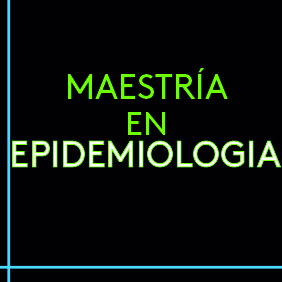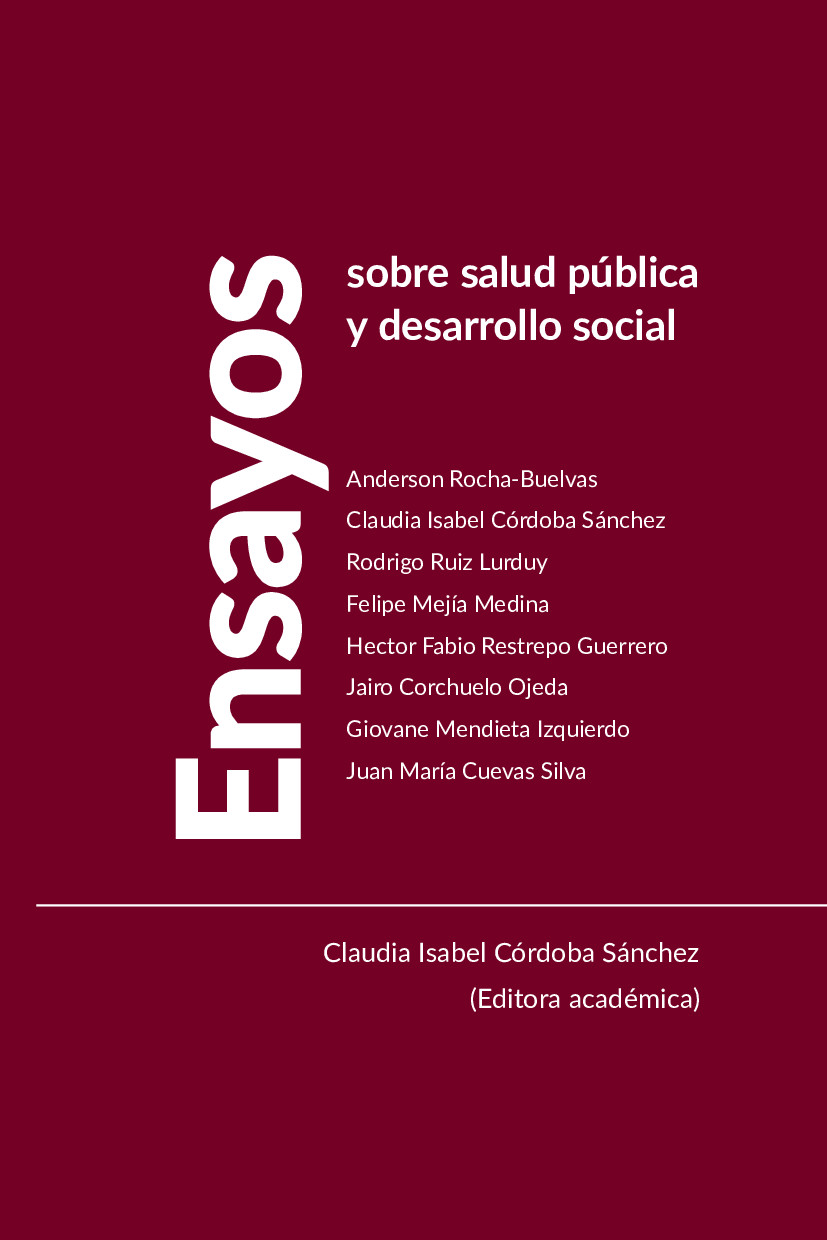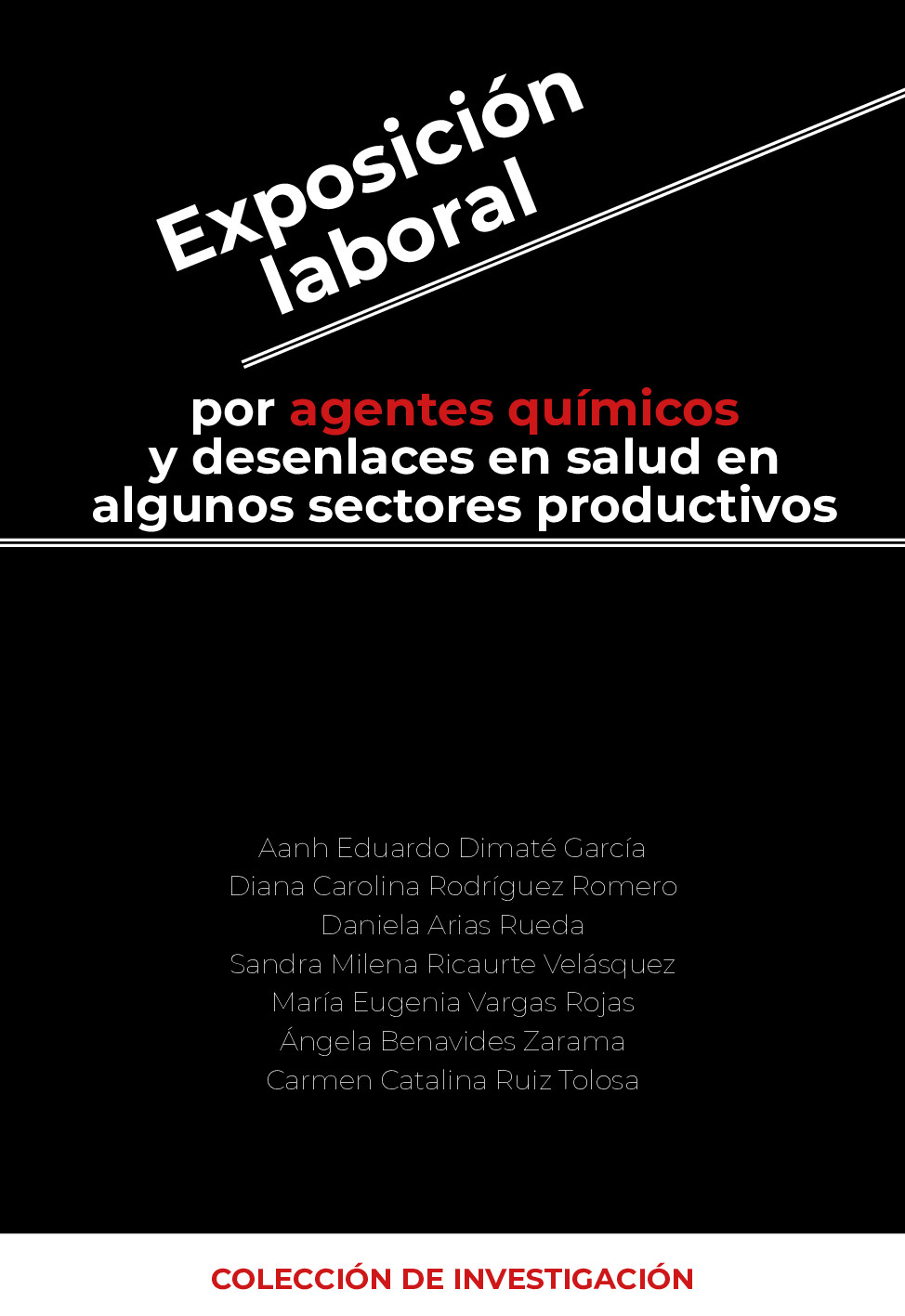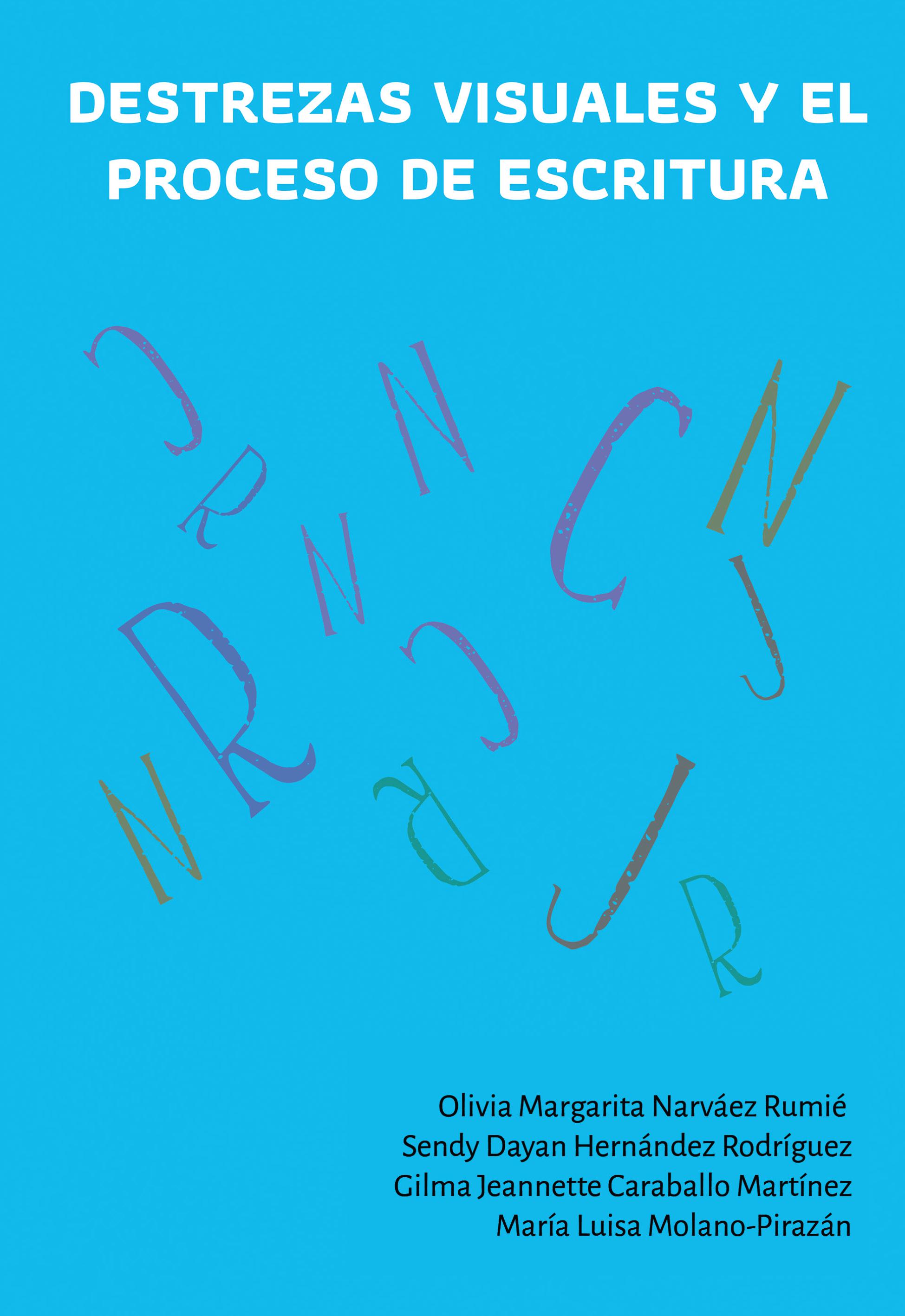Resumen
Objetivo: identificar la posible asociación entre el uso de anticonceptivos hormonales (orales, inyectables e implantes sub-dérmicos), y la ocurrencia de episodios de ansiedad y depresión en estudiantes universitarias de Tunja (Colombia), ajustado por otros factores identificados con la depresión y la ansiedad en la literatura científica.
Métodos: estudio de prevalencia, observacional, con diseño de Corte Transversal, Analítico. La población: mujeres estudiantes del área de la salud, de dos universidades localizadas en Tunja; de ellas se extrajo mediante muestreo secuencial no probabilístico, una muestra de 538 mujeres, a quienes previo consentimiento informado se aplicó la Escala de Ansiedad de Hamilton y la escala de Depresión de Beck. El análisis se adelantó con el programa Epi-Info 2004.
Resultados: la prevalencia global de depresión fue de 18,95% y la de manifestaciones de ansiedad de 52,04%. Se encontró asociación estadísticamente significativa entre el uso de métodos hormonales y depresión: OR= 3,31 (IC95%: 1,03-5,40; p= 0.0001). La estimación de probable asociación entre uso de métodos hormonales y ansiedad, también registró una asociación estadísticamente significativa, aunque menos sólida: OR= 1,46 (IC95% 1,03-2,05; p> 0,018). Se encontró también asociación entre las manifestaciones de depresión y edad (superior a los 20 años).
Conclusiones: los hallazgos reportados muestran asociación positiva entre la anticoncepción hormonal, la depresión y la ansiedad, que sugiere la necesidad que los proveedores de salud consideren el estado mental de las jóvenes universitarias al momento de prescribir el uso de preparados hormonales, como método de anticoncepción.
Licencia
Los autores deben declarar la no existencia de conflictos de intereses ya sea por motivos de financiación del proyecto del cual es resultado el artículo; así como por motivos intelectuales, académicos, morales e investigativos.
La Revista de Investigaciones Andina se acoge a las normas éticas para publicaciones dadas por el COPE: http://publicationethics.org/resources/code-conduct
Citas
2. López AD, Mathers CD, Ezzati M, Jamison DT, Murray C. Global and regional burden of disease and risk factors, 2001; systematic analysis of population health data. Lancet. 2006;367(9524):1747-57. http://dx.doi.org/10.1016/S0140-6736(06)68770-9
3. Alberdi J, Taboada O, Castro C, Vásquez C. Depresión. In: Alberdi J, Taboada O, Castro C, Vásquez C, editors. Guías clínicas 2006;. La Coru-a: Complejo SERGAS; 2006. p. Disponible en: www.scamfyc.org/documentos/Depresion%20Fisterra.pdf (Consulta: 30-042013.
4. Correa A. Depresión y estrógenos:¿son los estrógenos una Opción terapéutica? Universitas Médica. 2007;48(3):277-90.
5. Saldívar RD, Vázquez J, Lara R, Ramos C, Lira J, Rodríguez E, et al. Experiencia clínica de los anticonceptivos orales combinados (AOC) de baja dosis en México. Ginecol Obstet Mex. 2006;74(11):559-67.
6. Gizewski E, Krause E, Wanke I, Forst-ing M, Senf W. Gender-specific cerebral activa-tion during cognitive tasks using functional MRI: comparison of women in mid-luteal phase and men. Neuroradiology. 2006;48(1):14-20. http://dx.doi.org/10.1007/s00234-005-0004-9
7. López N, Errasti T, Santiago E. Estrógenos y desarrollo del cerebro femenino en la adolescencia: anticoncepción de emergencia. Cuad Bioét. 2011;XXII(75):185-200.
8. Silveira A, Vieira E, Leao DM, Nicorena BP, Rodriguez rafael, Sandoval E. Sindrome de tensión premenstrual observado em usuarias del ambulatorio municipal de salud de la mujer. Enfermería Global 2014; 35: 63-73.
9. Oviedo Lugo GF, Jordán Mondragón V. Trastornos afectivos posparto. Universitas Médica. [Internet]. 2006 [Consulta 8 Jul 2014]; 47(2). Disponible en: http://med.javeriana.edu.co/publi/vniversitas/serial/v47n2/3%20Transtorno%20posparto.pdf
10. Sordia Hernández LH. Menopausia: la severidad de su sintomatología y depresión. [Tesis doctoral]. [Internet]. Barcelona: Universidad Autónoma de Barcelona, 2009 [Consulta 8 Jul 2014]. Disponible en: http://www.tdx.cat/bitstream/handle/10803/4654/lhsh1de1.pdf;jsessionid=D08CC42CFA8F11B9B0FD818A82001061.tdx2?sequence=1
11. Sierra J, Ortega V, Zubeidat I. Ansiedad, angustia y estrés: tres conceptos a diferenciar. Rev Mal-Estar e subjetividad. 2003;III(1):10-59.
12. Sanz J, García Vera MP. Rendimiento diagnóstico y estructura factorial del inventario de depresión de Beck-II (BDI-II). Anales de Psicología 2013; 29(1): 66-75. http://dx.doi.org/10.6018/analesps.29.1.130532
13. Sanz, J., Navarro, M. E., y Vázquez, C. (2003). Adaptación espa-ola del Inventario para la Depresión de Beck II (BDI-II): Propiedades psicométricas en estudiantes universitarios. Análisis y Modificación de Conducta. 2003; 29(124): 239-288.
14. Sanz J, Navarro ME, Vázquez C. Adaptación espa-ola del inventario para la depresión de Beck-II (BDI-II): Propiedades psicométricas en estudiantes universitarios. Universidad Complutense. Madrid, 2003.
15. Chang HA, Chang CC, Tzeng NS, Kuo TBJ, Lu RB, Huang SY. Generalized anxiety disorder, comorbid major depression and heart rate variability: a case control study in Taiwan. Psychiatry Investig 2013; 10(4): 326-335 http://dx.doi.org/10.4306/pi.2013.10.4.326
16. Song QH, Shen GQ, Xu RM, Zhang QH, Ma M, Guo YH et al. Effect of Tai Chi exercise on the physical and mental health of the elder patients suffered from anxiety disorder. Int J Physiol Pathophysiol Pharmacol 2014;6(1):55-60
17. KummerA, Cardoso F, Teixeira AL. Generalized anxiety disorder and the Hamilton anxiety rating scale in Parkinson's disease. Arq Neuropsiquiatr 2010; 68(4):495-501 http://dx.doi.org/10.1590/S0004-282X2010000400005
18. Shear MK, Vander-Bilt J. Rucci P, Endicott J, Lydiard B, Otto MW, et al. Reliability and validity of a structured interview guide for the Hamilton anxiety rating scale (SIGH-A). Depression and anxiety 2001; 13:166-178 http://dx.doi.org/10.1002/da.1033
19. Arteaga MS, Daza SM, Gómez NM, Raga N. Asociación entre conocimiento y uso de métodos anticonceptivos en estudiantes de enfermería y medicina de la Universidad El Bosque. Rev Col Enferm. 2006;1(1):65-73.
20. Ospina Díaz JM, Manrique Abril FG. Prácticas y comportamientos sexuales en estudiantes universitarios; Sexual behaviors and Practices among university students. Av enferm. 2007;25(2):101-11.
21. Balanza S, Morales I, J. G. Prevalencia de ansiedad y depresión en una población de estudiantes universitarios: factores académicos y socio-familiares asociados. Clínica y Salud. 2009;20(2):177-87.
22. Díaz-Ramírez NL. Depresión y factores asociados en estudiantes de la Universidad Nacional de Colombia [Tesis de Maestria en Psicología]. Bogotá: Universidad Nacional de Colombia; 2012.
23. Kumar S, Lata K, Mukhopadhyay S, Mukherjee T. Role of estrogen receptors in pro-oxidative and anti-oxidative actions of estrogens: A perspective. Biochim Biophys Acta. 2010;1800:1127-35.
24. Õsterlund M. Underlying mechanisms mediating the antidepressant effects of estrogens. Biochim Biophys Acta. 2010;1800:1136-44.
25. Robinson SA, Dowell M, Pedulla D, McCauley L. Do the emotional-side effects of hormonal contraceptives come from pharmacologic or psychological mechanisms? Med Hypotheses. 2004;63(2):268-73. http://dx.doi.org/10.1016/j.mehy.2004.02.013
26. Dennis C, Ross L, HerxheimerA. Oestrogens and progestins for preventing and treating postpartum depression. Cochrane Review [Internet]. 2008; 8:[ Disponible en: http://onlinelibrary.wiley.com/doi/10.1002/14651858.CD001690.pub2/pdf (Consulta: 03-05-2013) pp.





















